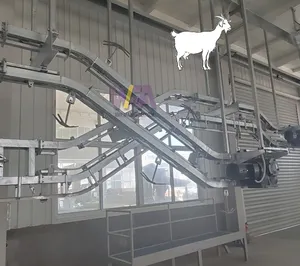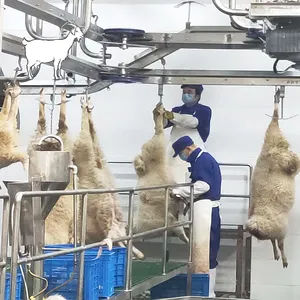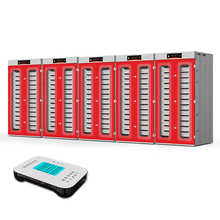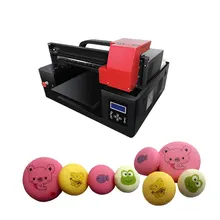Understanding Meat Rails
Meat rails are integral components in the meat processing and storage industry, providing a structured system for hanging and managing meat products. These systems are essential for maintaining the quality and freshness of meat by ensuring proper air circulation and temperature control, which are crucial in meat preservation.
Types of Meat Rails
There are various types of meat rails designed to cater to different needs within the industry. Butchers meat hanging rails are commonly used in butcher shops to display and store cuts of meat efficiently. In contrast, meat rails for cold rooms are designed to withstand lower temperatures, making them ideal for use in refrigerated environments. Cold room meat rails are robust, ensuring that large quantities of meat can be stored securely in controlled conditions.
Applications and Features
The application of meat rails extends beyond simple storage. Railway meats processing facilities utilize these systems for transporting meat throughout the facility, streamlining the processing stages from butchering to packaging. Features of meat rails include their durability and the ability to be customized to fit various room sizes and purposes. For instance, a homemade meat rail system can be tailored for smaller operations or specific spatial requirements.
Materials and Advantages
Meat rails are typically made from stainless steel, providing the strength needed to hold heavy meat cuts and resist corrosion, which is essential for cleanliness and hygiene in meat handling. The advantages of using a meat hook rail system include improved space utilization and enhanced workflow in meat handling operations. Additionally, coolroom rails are designed to function in moist environments, preventing the growth of bacteria and ensuring the safety of meat products.
Choosing the Right Meat Rail System
Selecting the appropriate meat rail system requires consideration of several factors, such as the volume of meat to be handled, the available space, and the specific use case. For example, a butcher rail system may be ideal for retail settings, while beef rail systems might be better suited for larger operations focusing on beef processing. Similarly, a diy meat rail could be the solution for custom meat processing setups or for those seeking a more hands-on approach.
Conclusion
In conclusion, meat rails are vital for the meat industry, offering a range of systems to suit various applications. From butchers hanging rails to rail 19 meat processing solutions, these systems play a crucial role in ensuring the quality and safety of meat products. When choosing a meat rail system, it is important to consider the specific needs of your operation to find the most suitable option.











































 浙公网安备 33010002000092号
浙公网安备 33010002000092号 浙B2-20120091-4
浙B2-20120091-4